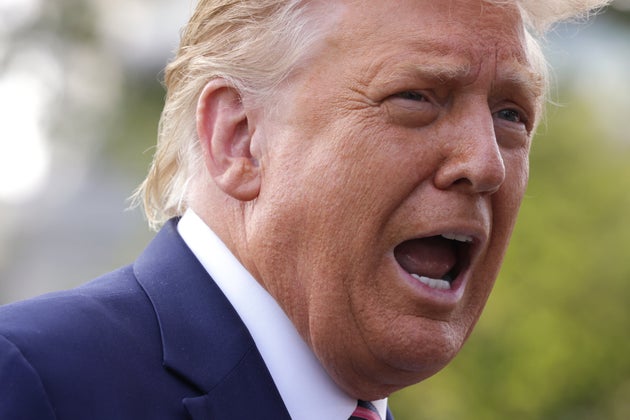Amanda Connolly
3 days ago

The move follows reporting by Global News into the fact that although the government acknowledged it was deliberately seeking out vaccine experts who could have a real or perceived conflict of interest to sit on that advisory board, none of their conflict of interest disclosures were being shared with Canadians.
READ MORE: COVID-19 vaccine task force members have declared 18 conflicts of interests so far
That meant that while members of the task force had recused themselves 18 times from discussions since June, none of the details of those recusals or the reasons given were public.
That came amid the rising spread of misinformation online from anti-vaxxers and data suggesting skepticism among some in the country about whether to get a vaccine if one becomes available.
READ MORE: Safety of COVID-19 vaccine concerning some Canadians, StatCan survey shows
The COVID-19 Vaccine Task Force is an advisory body set up to provide recommendations to the government about which coronavirus vaccine research is promising and which deals to pursue. It includes 12 experts from the medical research and development industry along with four ex-officio members of the federal public service.
In order to have people considered “leading experts” in the field involved, the government says “the deliberate decision was made to include individuals who may have a real or perceived conflict of interest (COI) with respect to one or more proposals to be evaluated by the (COVID-19 Vaccine Task Force).”
Each individual was required to fill out a conflict of interest disclosure form and bureaucrats were tasked with monitoring and enforcing their observance of avoiding conflicts of interests — for example, by recusing themselves from deliberations where they had a conflict.
But unlike with politicians and public servants, whose conflicts of interest disclosures are registered publicly with the ethics commissioner, none of the disclosures of the experts recruited to the COVID-19 Vaccine Task Force were being listed publicly.
A government official said earlier this month there were no plans to change that.
But on Tuesday, the government appears to have reversed course.
Global News reached out asking whether two members of the vaccine task force who previously worked for Sanofi Pasteur recused themselves from deliberations on a deal announced on Tuesday to secure 72 million doses of the firm's coronavirus vaccine candidate.
READ MORE: ‘Canada is at a crossroads’: Federal health officials warn coronavirus habits must change
In response, a spokesperson for the National Research Council shared a copy of a list of the members' conflict of interest disclosures for each meeting of the task force about a vaccine deal current to Sept. 22.
Another official confirmed the new information was published on Sept. 22 and will be updated going forward.
"Given the significant interest in the vaccine task force’s process, the task force is taking the exceptional step of publishing a registry of declared interests," said John Power, press secretary for Innovation Minister Navdeep Bains in an email to Global News.
"The registry will be updated on the [National Research Council]’s website following each vaccine announcement that is based on a task force recommendation."
That means there will still be meetings where Canadians do not know what was discussed or who may have recused themselves, but that any meetings leading to actual vaccine deals will be listed so the public can see who made what declarations.
The list outlines the topic of each of the five meetings held so far along with the names of each member, any previously declared conflicts of interest, and what action was taken if required to prevent the individual from being in a conflict of interest.
READ MORE: Widespread coronavirus vaccine not expected until mid-2021: WHO
For the most recent meeting on Sept. 3 at which the task force discussed the Sanofi vaccine deal, task force co-chair and former Sanofi Pasteur president Mark Lievonen is listed as having recused himself because of his previous work with the firm and the fact he still owns "modest" shares in it.
Michel De Wilde, who was previously a vice president of research and development for Sanofi Pasteur, did not attend that meeting while Dr. Joanne Langley, also a co-chair, disclosed that the university where she works has received research funding from Sanofi Pasteur, among other sources.
READ MORE: Task force worries Trump’s rush to approve COVID-19 vaccine will cause concern in Canada
The norm in the medical research field is for individuals publishing work in any kind of credible, serious medical journal to disclose and publish any conflicts of interest at the same time.
Dr. Fiona Godlee, editor-in-chief of The BMJ — formerly known as the British Medical Journal — said this has become standardized in an effort to maintain trust in medical research and that vaccine research, in particular, is an area where it is difficult to find experts without some kind of conflict of interest.
“I think it’s a basic issue of trust that people want to see what’s gone into decisions or recommendations, and that includes both the person’s expertise and the potential or real influences on any recommendations or decisions they may make,” she said in a previous interview with Global News.
“It’s become a standard thing.”













